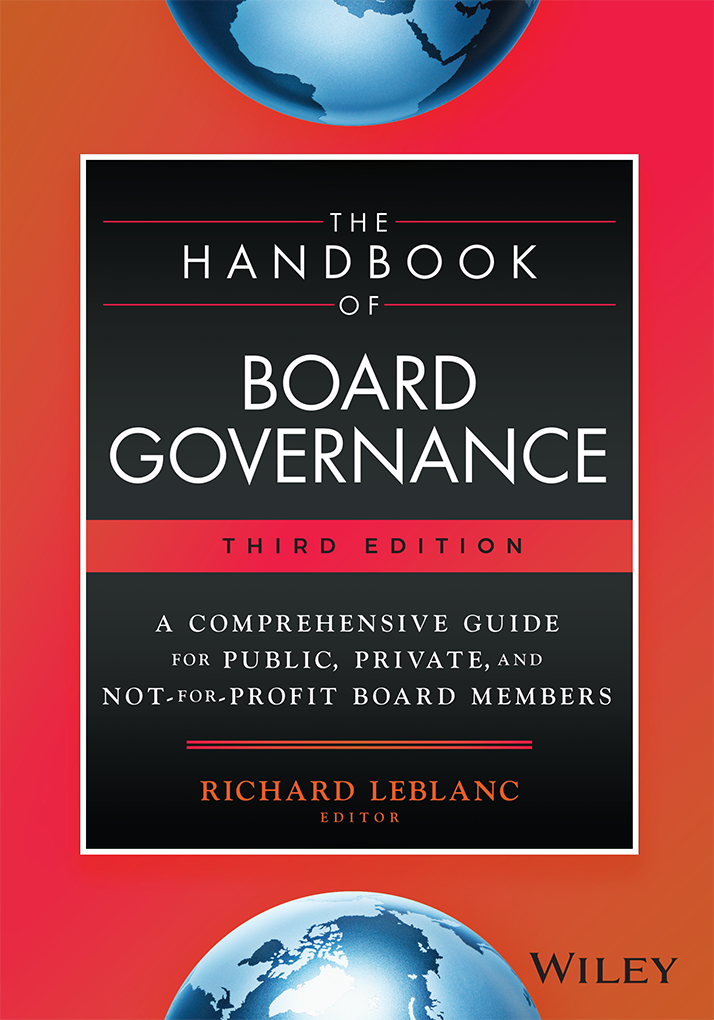Canada’s federal bank regulator came out this week with proposed changes to its governance guidelines, moving Canada forward in important ways. Disclosure: I advised OSFI on how the current guideline might be improved.
See the new draft guideline here. Some important changes include that OSFI is stating that there should be reasonable representation of risk and relevant financial industry expertise on the board and committees. This is an excellent idea, as we know that director independence in and of itself will not guarantee governance quality nor predict shareholder value. OSFI-regulated companies (which exceed 400) would be wise to use a competency matrix recommended by Canadian securities commissions and disclose which directors possess risk and financial industry expertise. Of course this expertise should be defined as well.
Second, OSFI is recommending third party reviews to assess the effectiveness of board and committee practices. This is also an important development, as we know that proxy advisory firms, and even boards themselves, often measure the wrong things, simply because of availability or ignorance. A self-review has a tendency to be soft, which boards often delegate to management to administer. The UK now recommends similar third party reviews for all FTSE companies.
Third, OSFI strengthens the role of the CRO and reporting to the risk committee, and requires that the board approve an explicit risk appetite for the institution. This is another welcome development. As part of the risk appetite and control framework, boards and relevant committees should approve (and be able to recognize and direct when necessary) the internal controls of all material business risks – financial as well as non-financial – and ensure combined assurance and reporting for the controls to mitigate risks. OSFI also recommends third party reviews to assess risk systems and oversight functions, and strengthens audit committee oversight of external and internal auditors. Very leading edge.
OSFI also codifies the separation of chair and CEO, a recommended practice in Canada since 1994. We know that independence of the chair per se will not guarantee effectiveness, so OSFI goes on to provide guidance on leadership, commitment and other attributes and actions necessary to chair an effective financial services board. Boards here should select the chair and the CEO should not have undue influence. The chair should have a position description and be assessed on it. The governance committee should be charged with chair succession planning to person proof the position.
Lastly OSFI also incorporates by reference compensation and risk-aligned compensation embedded in the Financial Stability Board’s Principles for Sound Compensation.
Overall the draft guidelines are concise, flexible, pragmatic and reflect leading practices (e.g., G30, Walker and OECD reports and Basel principles). Some provisions go beyond US and UK counterparts. Canada has a very well regulated banking sector. We avoided a bailout of a financial institution pre 2008 and banks also avoided many of the complex derivative meltdowns to date. These new guidelines will help ensure that that fiscal prudence and stewardship continues.
Posted by Richard Leblanc on Aug 10, 2012 at 3:31 pm in Governance of Financial Institutions |












